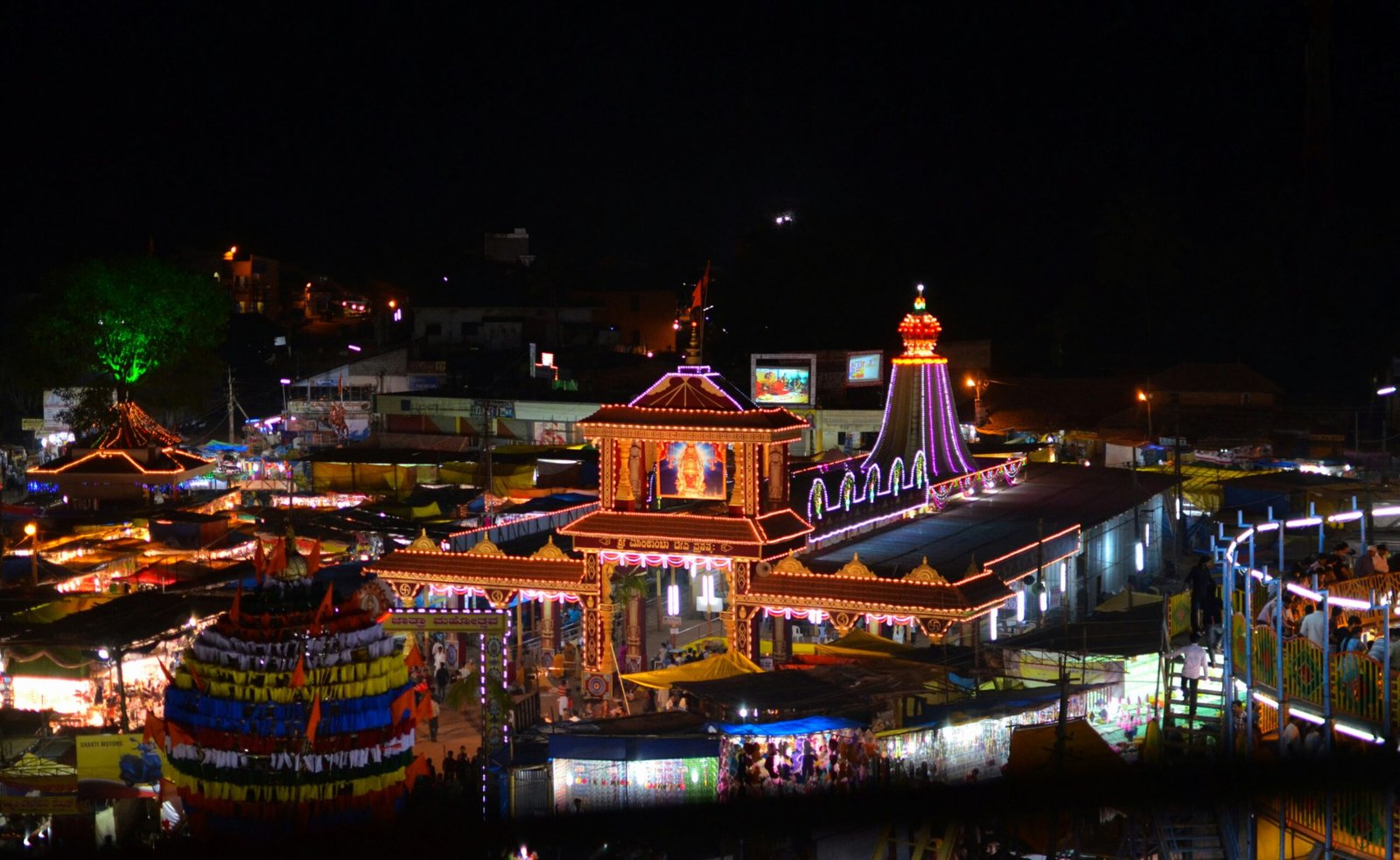The Historical Perspectives on the Allahabad Kumbh, now officially known as the Prayagraj Kumbh Mela, stands as one of humanity’s most profound religious gatherings. Rooted in ancient mythology and steeped in centuries of tradition, this festival embodies the enduring essence of devotion, community, and spiritual enlightenment. Tracing its evolution from the earliest records to contemporary celebrations provides a window into the dynamic interplay between faith and society.
Mythological Origins of Historical Perspectives on the Allahabad Kumbh

The origins of the Kumbh Festival are deeply intertwined with the cosmic tale of the Samudra Manthan, or the churning of the ocean of milk. According to Hindu scriptures, this divine event saw the Devas (gods) and Asuras (demons) working together to retrieve Amrit, the nectar of immortality. As the celestial battle for Amrit unfolded, drops of this sacred nectar fell on four earthly locations—Prayagraj, Haridwar, Nashik, and Ujjain. These places were sanctified, leading to the tradition of the Kumbh Mela.
Ancient texts such as the Puranas and historical records dating back millennia highlight the Kumbh’s spiritual significance. The Prayagraj Kumbh, situated at the confluence of the Ganga, Yamuna, and Saraswati rivers, holds unparalleled importance due to its geographic and spiritual centrality.
Historical Evolution of Historical Perspectives on the Allahabad Kumbh
Early Pilgrimages
In ancient times, the Kumbh Mela served as a convergence point for sages and devotees seeking divine blessings. Pilgrimages to Prayagraj were chronicled in scriptures, with rituals centered around the purifying waters of the Triveni Sangam. These early gatherings laid the foundation for what would become one of the world’s largest assemblies of humanity.
Medieval Changes
During the medieval period, the Kumbh Mela evolved into a structured event with the rise of Akharas—monastic orders representing different Hindu sects. These organizations played a pivotal role in shaping the festival’s rituals and traditions, including the grand processions of saints and ascetics. Historical accounts from travelers such as Hiuen Tsang provide valuable insights into the scale and vibrancy of these gatherings.
Modern Recognition
In the 20th and 21st centuries, the Kumbh Mela has transitioned into a globally celebrated event. Recognized as an Intangible Cultural Heritage by UNESCO, it draws millions of participants from around the world. Infrastructure improvements and technological advancements have further elevated its accessibility and safety, ensuring its relevance in a rapidly modernizing world.
Key Rituals
Shahi Snan
At the heart of the Kumbh Mela lies the Shahi Snan, a ritual bath taken on auspicious days as determined by Hindu astrology. This act is considered the pinnacle of the festival, symbolizing the washing away of sins and the attainment of spiritual purity. Pilgrims from all walks of life immerse themselves in the sacred waters, united by their shared devotion.
Akhara Processions
The Akharas play a central role in the festival, showcasing elaborate processions led by Naga Sadhus, the ascetic warriors of Hinduism. Draped in ash and adorned with rudraksha beads, these ascetics embody renunciation and spiritual discipline. Their participation underscores the deep connection between tradition and the Kumbh’s spiritual ethos.
Spiritual Discourses
The Kumbh Mela also serves as a platform for spiritual learning and cultural expression. Saints and scholars deliver sermons and engage in debates, while artists and performers showcase India’s rich cultural heritage through music, dance, and drama.
Cultural and Social Impact
Unity in Diversity
The Kumbh Mela is a microcosm of India’s diversity, bringing together people from different regions, languages, and traditions. It fosters a sense of unity and shared purpose, transcending barriers of caste, creed, and nationality.
Economic Boost
The festival significantly boosts the local economy, with sectors such as tourism, hospitality, and handicrafts thriving during the event. Its global appeal also enhances India’s cultural reputation, attracting visitors eager to experience its spiritual and cultural richness.Historical Perspectives on the Allahabad Kumbh
Urban Development
The preparations for the Kumbh Mela often lead to long-term infrastructure improvements in the host city. Enhanced roads, sanitation facilities, and public utilities benefit the region well beyond the festival’s duration, contributing to sustainable urban development.
Modern Innovations
Technology
In recent years, technology has become an integral part of the Kumbh Mela’s organization. Mobile applications, online registration systems, and real-time updates ensure efficient crowd management and enhance the overall experience for attendees.
Sustainability
The environmental impact of such a massive gathering poses significant challenges. Measures such as waste management systems, eco-friendly materials, and river conservation efforts are being implemented to ensure the festival’s sustainability.Historical Perspectives on the Allahabad Kumbh
Safety Measures
Ensuring the safety of millions of attendees requires meticulous planning. Advanced surveillance sysHistorical Perspectives on the Allahabad Kumbhtems, emergency response teams, and dedicated security personnel are deployed to maintain order and address any contingencies.
Legacy
The Allahabad Kumbh Mela is more than a religious event; it is a testament to the enduring power of faith and tradition. Its ability to adapt to changing times while preserving its spiritual essence makes it a symbol of resilience and unity. By honoring its rich history and embracing modern innovations, the Kumbh Mela continues to inspire and uplift generations.Historical Perspectives on the Allahabad Kumbh
Internal link:- healthnear


